Welcome to this first episode of exotic scales and modes! In this episode we’re going to be unearthing the secrets ensconced within the Gypsy Major scale!
There are many different names for exotic modes. We’ve done our best to find out the original names for the parent scales where possible. For reference you may know the Hungarian minor scale. This is mode number 4 of this scale! Exotic scales and modes can yield a unique set of new ideas that will imbue your playing with creative new sounds. Let’s Go!
The Gypsy Major Scale – Parent Scale
The interesting quality about these set of scales & modes is the chromaticism within. You might be familiar using chromatics as passing tones depending on your playing ability and modal knowledge. For example in the pentatonic and blues scales. At first it’s difficult to ‘reset’ your ear to hearing them in this way. However, embrace and become accustom to these new sounds. As a result it will inspire a wealth of creative ideas.
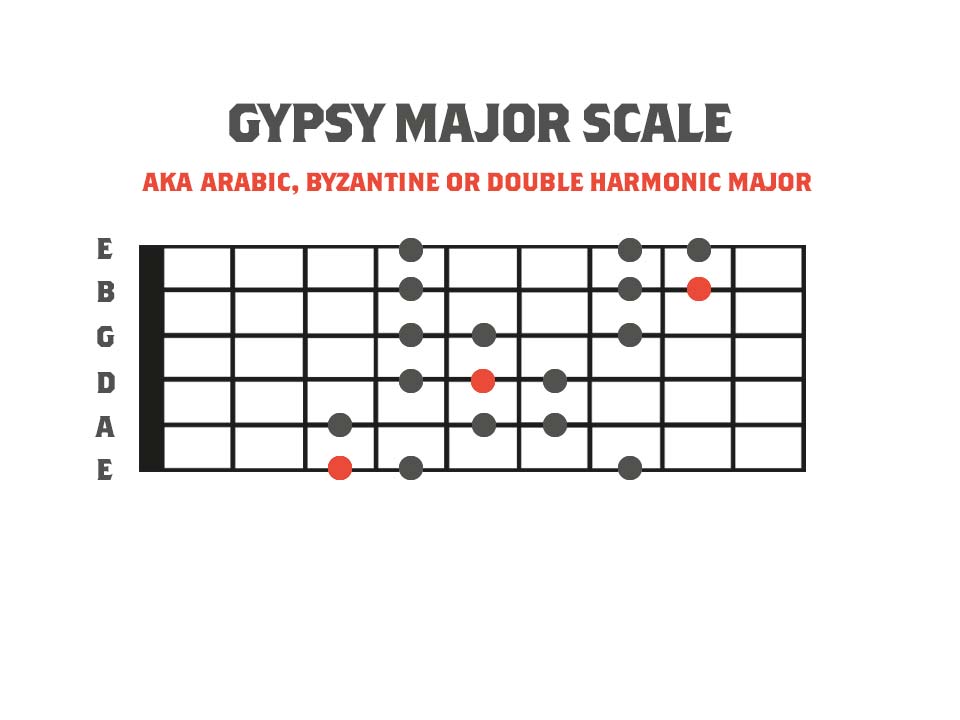
Similarities To Harmonic Minor
The Gypsy Major Scale and it’s modes are one of the easier exotic scales and modes to learn because it has similarities to Harmonic Minor. These modes essentially make subtle changes to the Harmonic Minor scales and modes. For reference you could view the Gypsy Major scale as a Phrygian Dominant mode with the adjustment of a raised 7th degree.
Mode No. 2 – Lydian #2 #6
As far as we know this mode doesn’t have a unique name. Lydian #2 #6 is the most common. You could think of this as a Lydian mode with a raised 2nd and 6th degree.
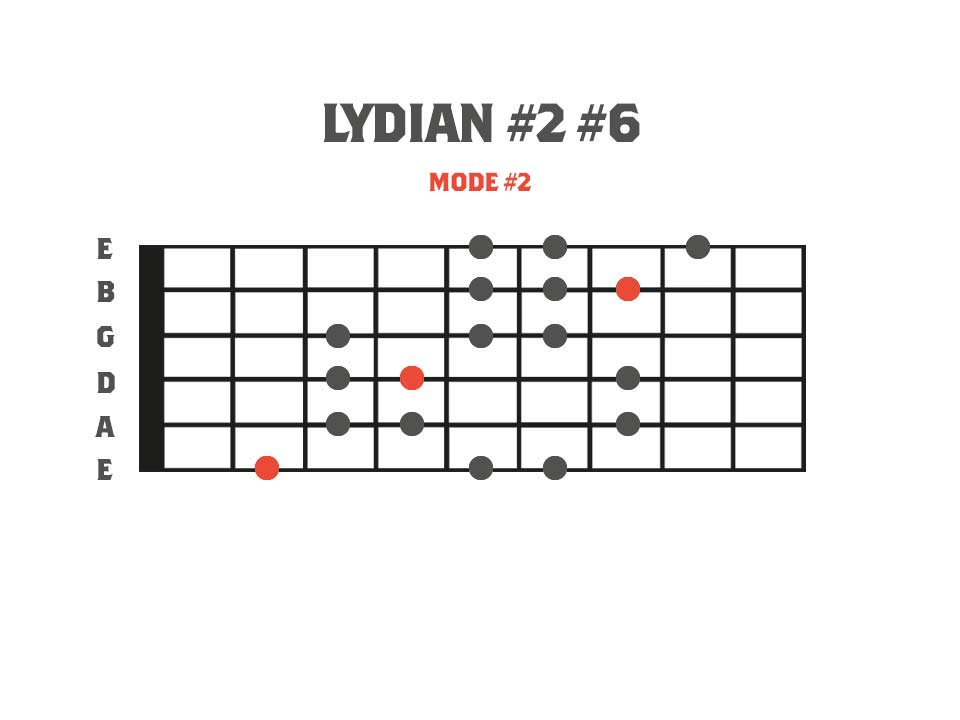
Mode No. 3 – Ultra Phrygian
We’re unsure the origins of this modes name. However for reference you could compare this mode to the Phrygian mode of the Major Scale. It’s alterations would be a flat 4th and a flat 7th degree.
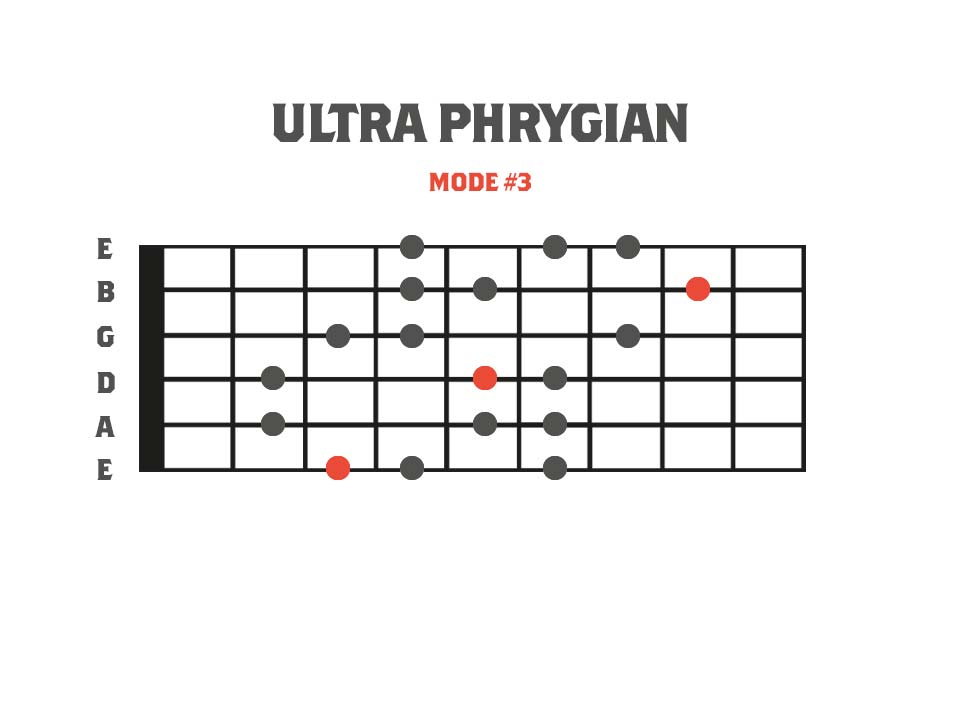
Mode No. 4 – Hungarian Minor
The Hungarian Minor scale can be considered Harmonic Minor only with a raised 4th scale degree. This mode has an ambiguous tonal centre due to it’s many half steps.
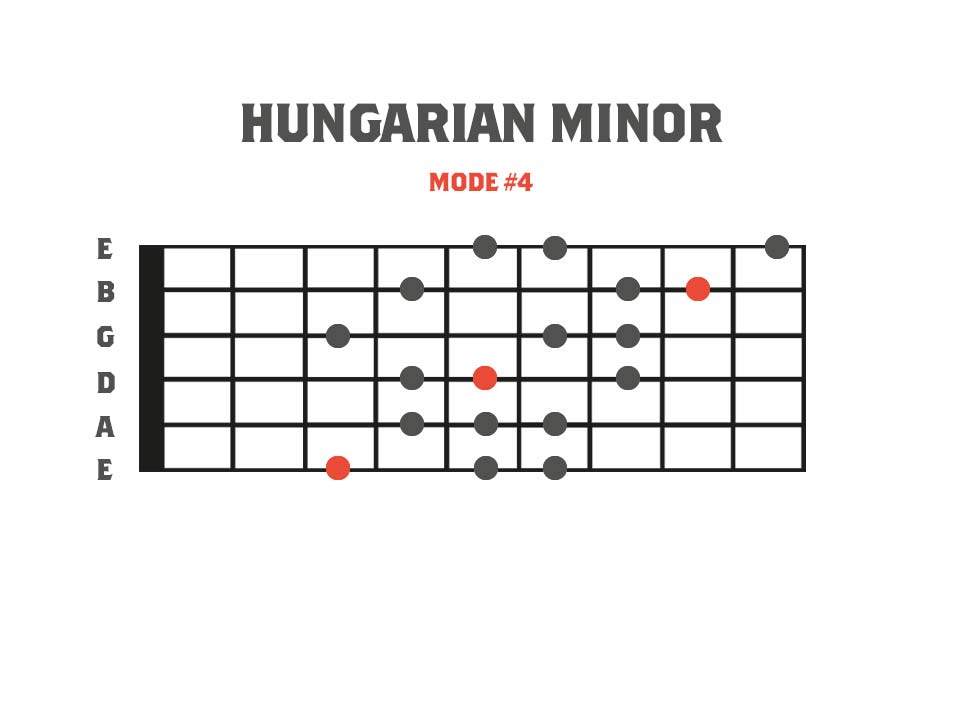
Mode No. 5 – Oriental
Again, we’re unsure of the origins of why this is considered the Oriental mode. Don’t confuse this with some of the exotic pentatonic scales. However oriental melodies can be achieved with this mode also providing the right intervals are played.
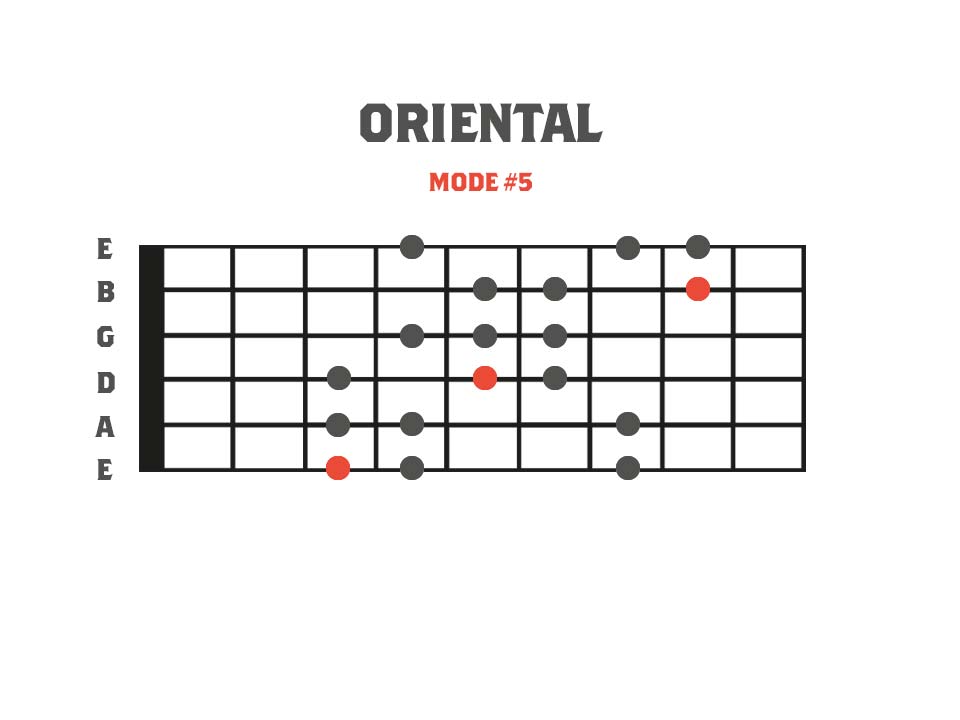
Mode No. 6 – Ionian #2 #5
As far as we know this mode doesn’t have a unique name. This mode is most widely known as Ionian #2 #5. You could think of this as a Major Scale with a raised 2nd and 5th degree.
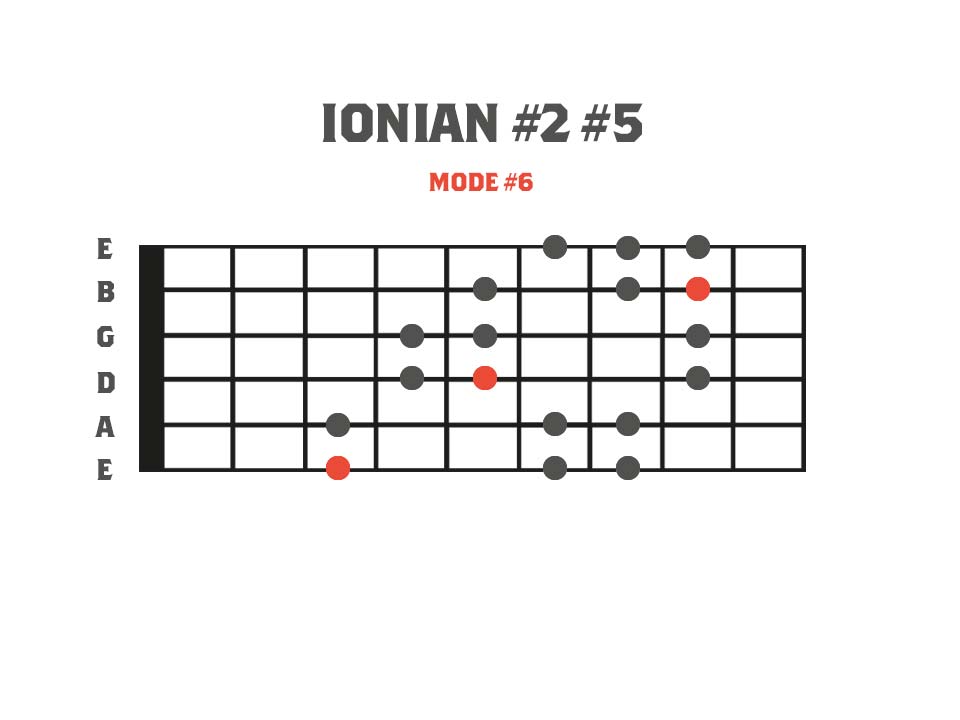
Mode No. 7 – Locrian bb3 bb7
While it’s name sounds intimidating, it’s nothing more than the final mode of this scale. Double flat notes are indicated as such because the 3rd and 7th degrees of the Locrian Mode are already flat. Flattening already flat notes yields the double flat.
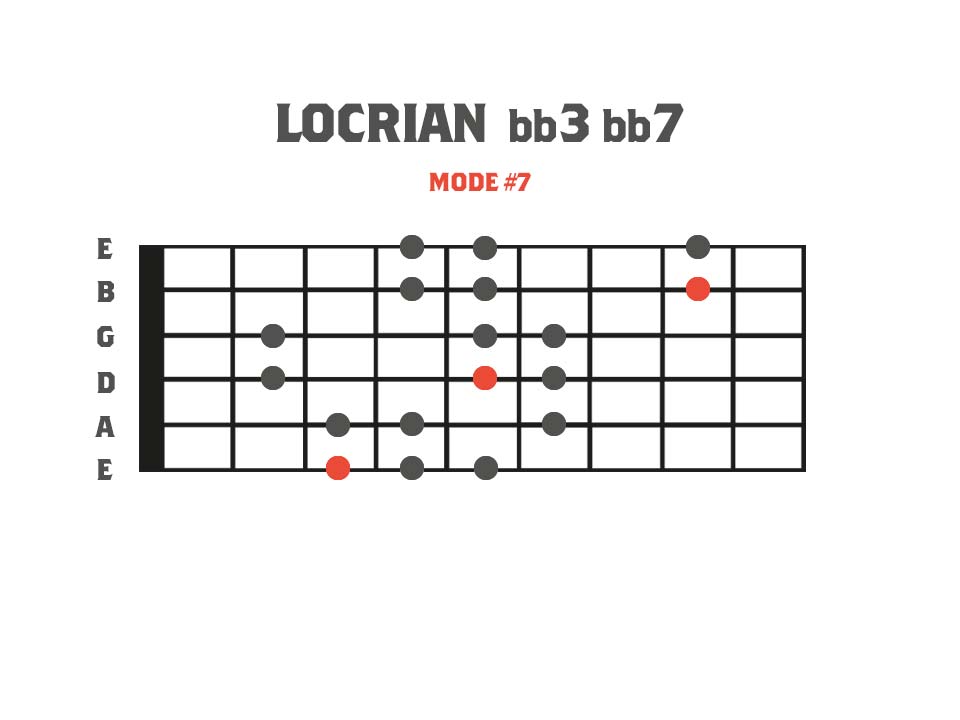
Exotic Scales and Modes – Writing Modally
Unlike a lot of other mode resources online we’ve shown the root notes of each mode in red. By knowing the root notes of the mode you begin to understand each modes unique sound. This is true modal playing. Other resources show root notes for the parent scale only. As a result when you come to derive a progression or series of riffs you’ll only be in the key of the parent scale.
Footnote: The guitar featured in the cover image of this post is the ‘RC7 Xenocide’ made by Dean Guitars USA for Rusty Cooley


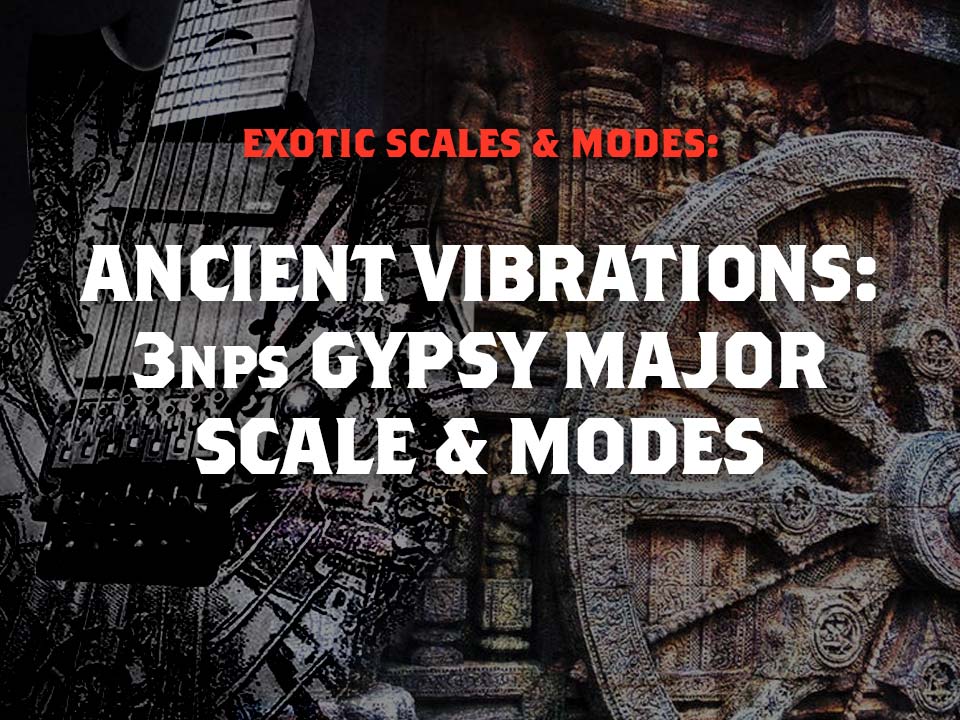
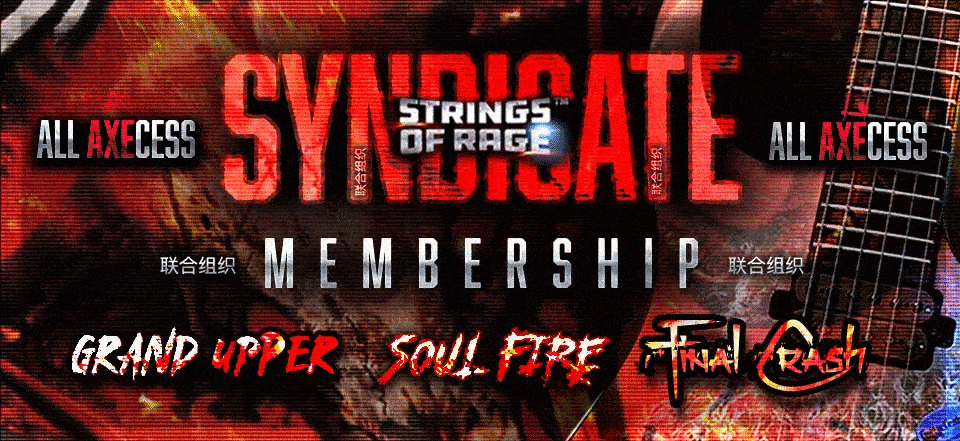
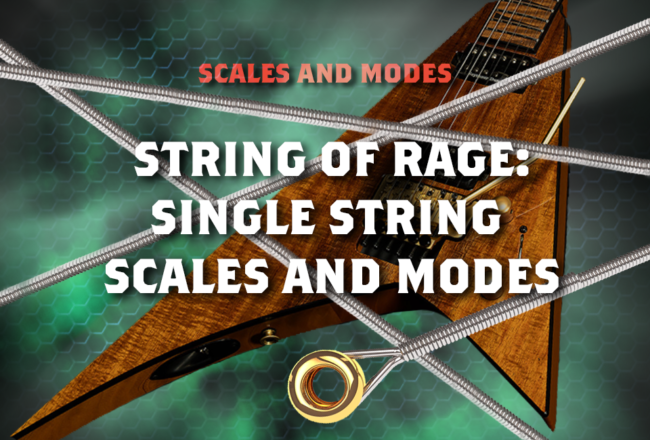

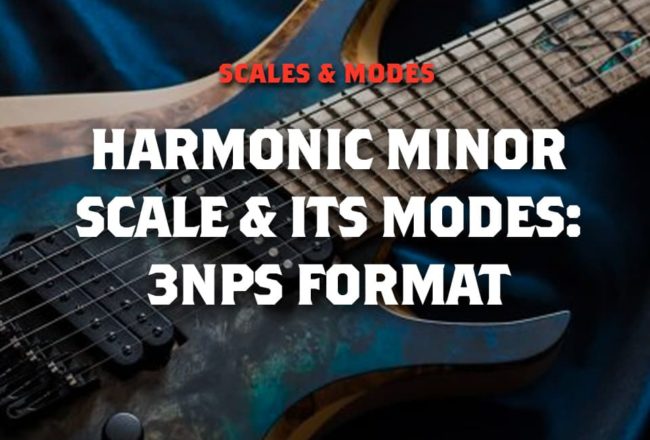






1 Comment
[…] first example uses the G melodic minor scale, however we are also mixing it with the Hungarian minor scale. On the second time through the riff I am replacing the tremolo picking in the second half of the […]